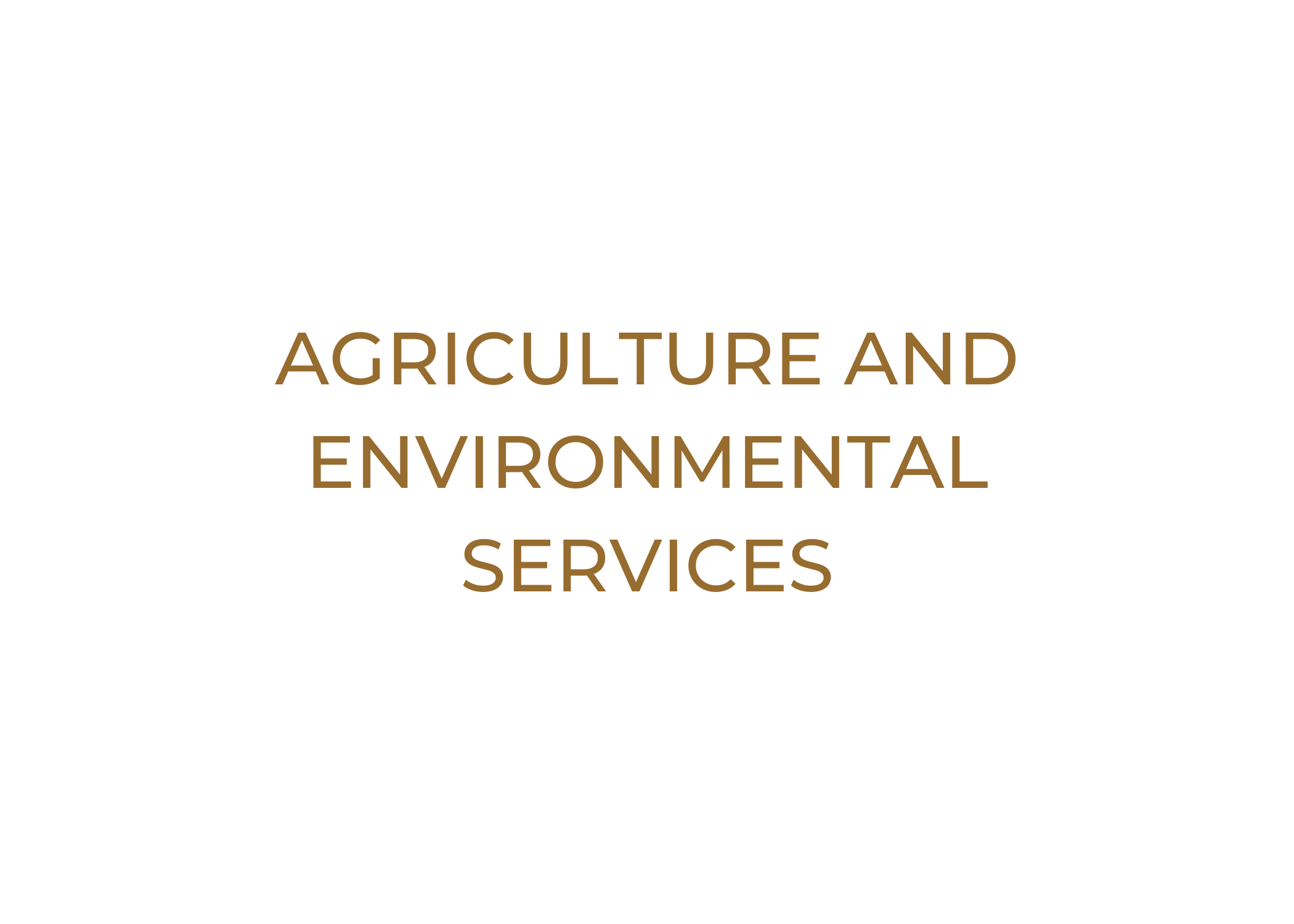Environmental Impact of Water Hyacinths Philippines

SOLVING THE WATER HYACINTH INFESTATION
The water hyacinth has severely infested Philippine waters with its rapid rate of proliferation is the most damaging aquatic plant worldwide because of its capability to reproduce at an extraordinary rate, thereby choking lakes and rivers. It grows up to 2 meters wide that can reduce light and oxygen, change water chemistry, and affect local flora and fauna. In Laguna de Bay, it covers about 20% of the lake’s surface area; and because of the water’s high sewage concentrations, the plant yields about 657 tons of dry matter per hectare a year. In the 1990s, the world reportedly spent $3 Billion a year just to control the weed with little success.
It also causes problems in marine transportation, fishing, and irrigation. By clogging up waterways, causes floods and increased pollution. Its pervasive presence has caused barriers to waterways and hindered the fishing industry, especially in the major water areas of the Philippines (Pasig River, Laguna de Bay, etc.). It also clogs irrigation systems, causing heavy flooding in major cities during the typhoon season. During the rampage of Typhoon Frank in 2008, Cotabato City noted that the water hyacinth worsened the situation, flooding nearby municipalities containing more than 5,000 houses. In addition, bodies of water have also become breeding grounds for mosquitoes and cemeteries for living organisms because of the still, anaerobic water.
















